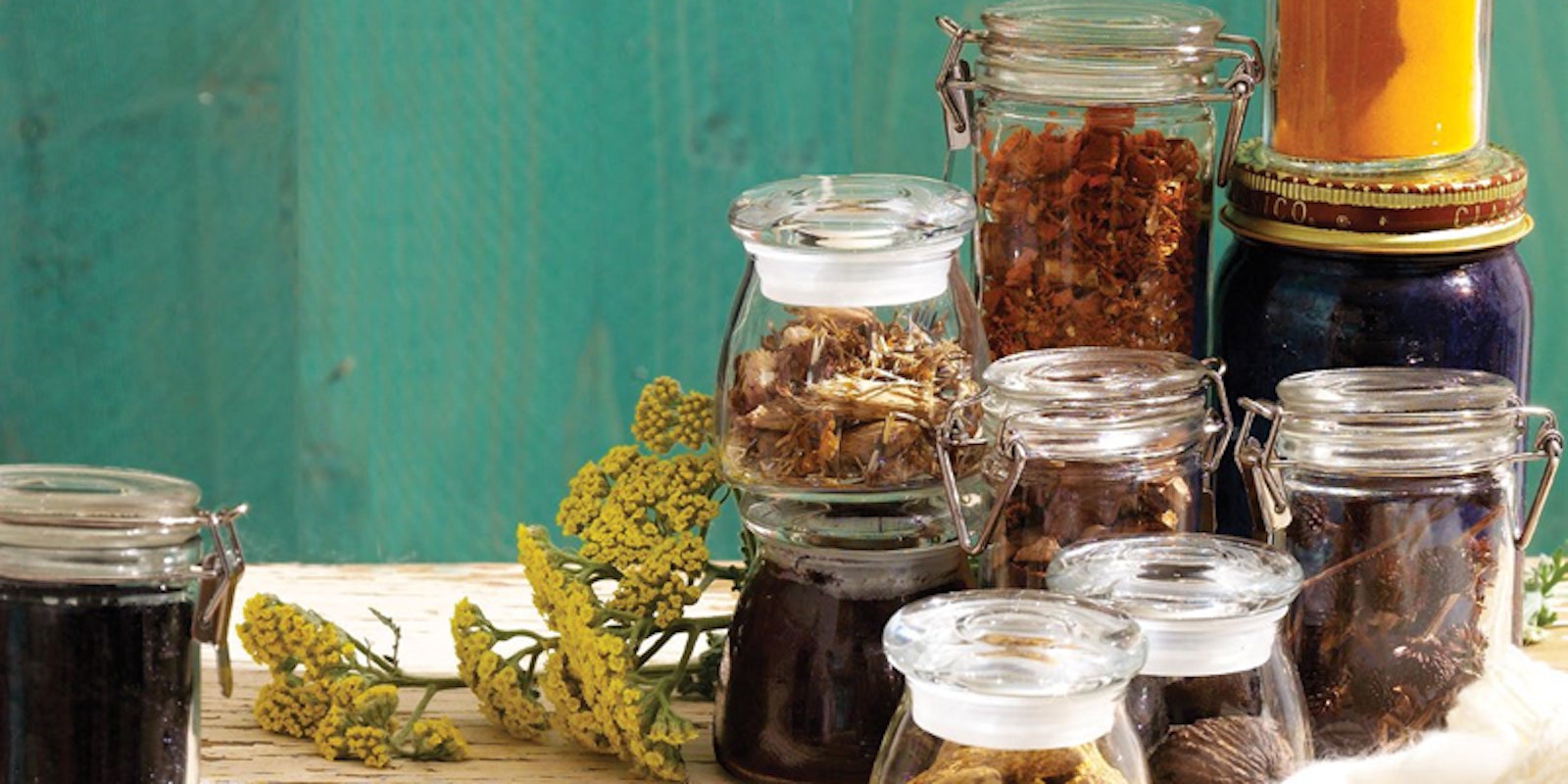Washing wool changes lives
 The messy (and fascinating) business of washing wool. | |
I was at the Farm School where I volunteer and the guide (that's what the school calls the teachers—it is Montessori, after all), Bekah, asked me to show the kids (junior-high age girls and boys) how to wash wool in preparation for the Harvest Festival that was coming up. The kids are in charge of the Fiber Tent, which will be an area set up with all things fibery where they will demonstrate what they've been learning so far this semester.
The classroom is called the Farm Studio and it is devoted to fiber and culinary arts. That means that the students are working on the farm, bringing down the harvest from the farm (just up the hill from the school), and rinsing off the big chunks of dirt in great big sinks on the back porch before they take it to the kitchen where it is washed more and prepared for the school lunch. These sinks are actually enormous plastic barrels that had contained cooking oil (on an industrial kitchen scale) cut in half and fitted into stands. We fill them with water from the sink inside and carried in buckets to the back porch.
The big sinks are also great for washing wool—often alpaca wool from Manny (the white alpaca) and Dotsero (the cinnamon brown alpaca). Today, though, we're washing a couple fleeces that have been donated to the classroom, a Merino and a Navajo Churro fleece. Both have been in storage in cardboard boxes for a while, so they are pretty stale and tacky. These kids are fascinated, though, not repulsed as some thirteen- to fifteen-year-olds I know might be.
I fill the sink with warm soapy water and the kids gather around. I talk about keeping the water the same temperature to prevent felting during the washing process, and how the soap we use isn't alkaline based (they've been learning about pH levels in food) because that would damage the protein fibers.
 An unwashed lock of Merino surrounded by freshly washed Merino laid out to dry in the September sun. | |
I place handfuls of the Merino wool on the surface of the water and there is a moment of silence as we watch the magic of the wool slowly absorbing the water and transforming from stale and sticky to white and fluffy. They are mesmerized. I point to the white foam—the lanolin that has been released from the wool and we talk about how lanolin is used in lotion. I show them how to gently rub the tips to release harder-to-get-out dirt.
They are amazed at how soft the wool feels now. Gently we remove the wool from the sink and place it in a waiting tub of water the same temperature to rinse it. I show them how to gently squeeze the water out to prevent felting—they talk about the felting they've done, the projects they want to do. We repeat the process with the Navajo Churro fleece and talk about how the two fleeces are so dramatically different and what we might do with them—what kinds of yarn we'd make, what garments or items we'd make with the yarn.
We wrap the wool up in towels, step on it and then lay it out on dry towels to dry in the warm September sun. One of the kids, while laying out the fleece to dry, mutters, "I think I've just found what I want to do for the rest of my life."
I know exactly how she feels.
And while most of us weren't as lucky as these kids—to attend a public school that uses the fiber arts (among other hands-on activities) to teach the fundamentals of education—we do have our own portable classroom and spinning community contained within the pages of Spin-Off magazine.
Happy spinning,


